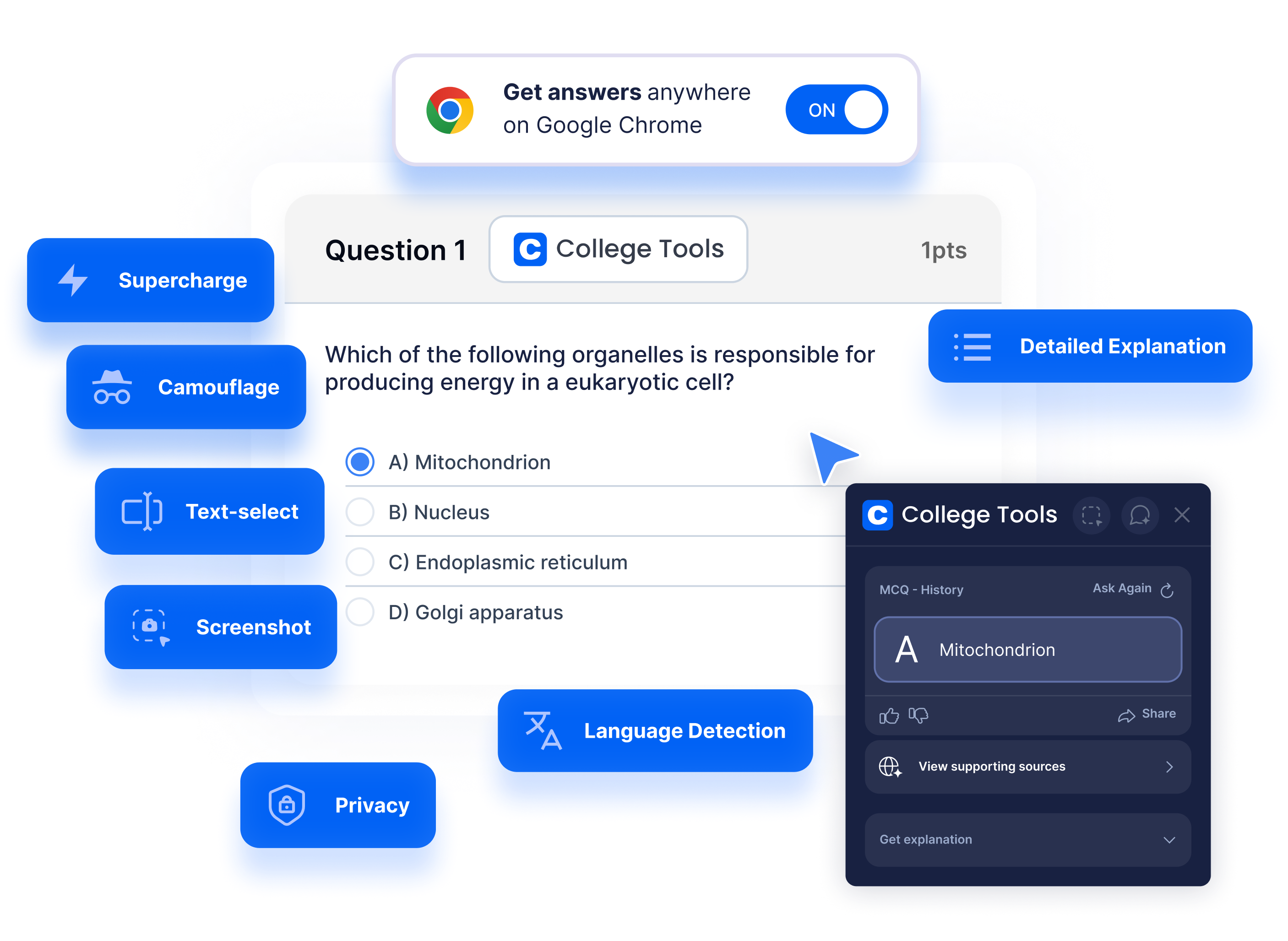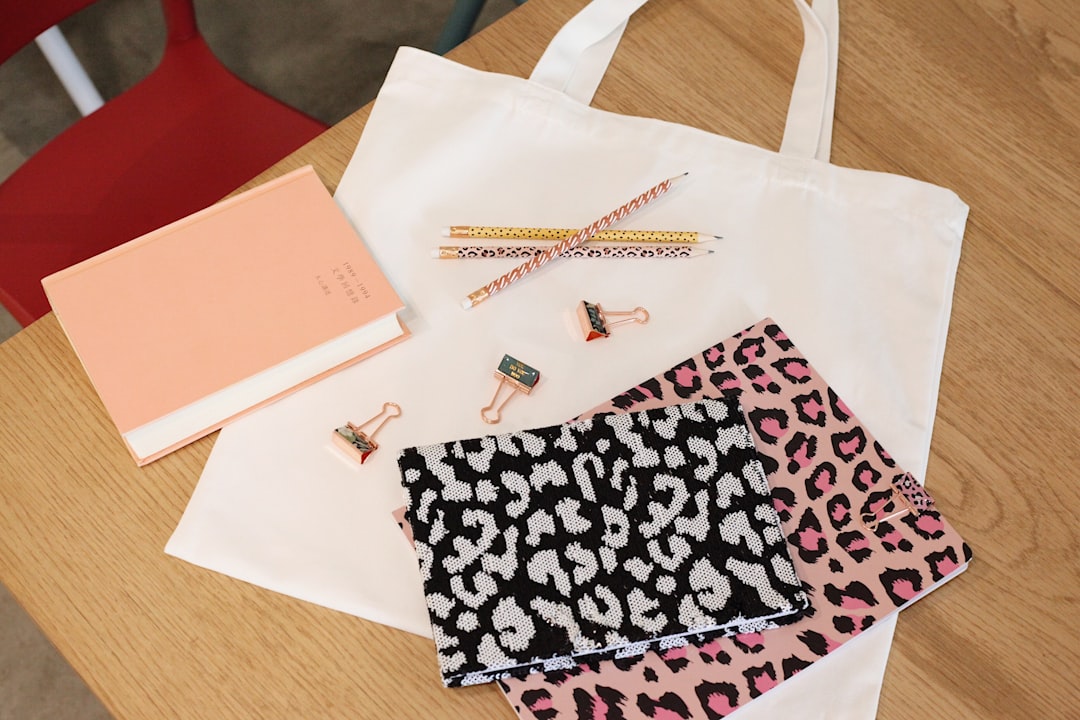Table of contents
- The Intersection of Arts, Humanities, and Technology
- A Comparative Look at Learning Apps for Arts and Humanities
- App A: Virtual Museum Tours
- App B: Interactive Literature Analysis
- App C: Digital Humanities Companion
- App D: Philosophy and Critical Thought Exercises
- Leveraging Learning Apps: Practical Tips for Arts and Humanities Students
- Aligning with Educational Standards
- Integration with Learning Management Systems (LMS)
- Conclusion: The Future of Learning in Arts and Humanities
The Intersection of Arts, Humanities, and Technology
Traditionalists might argue that technology can distract from the immersive experience of art and humanities studies. However, technological advancements, when utilized effectively, can actually enrich these fields. Interactive learning apps provide access to a plethora of comprehensive resources at the tap of a screen. From experiencing 3D tours of historical sites to accessing high-quality images of classic artwork, the benefits are vast and varied. Music students, for example, can learn about music theory through interactive tools and even practice with digital instruments, a concept supported by research highlighting the benefits of music in education.
A Comparative Look at Learning Apps for Arts and Humanities
In our digital age, numerous apps promise to serve as indispensable tools for students. But which ones truly deliver? Let's compare some leading learning apps specifically designed for arts and humanities education.
App A: Virtual Museum Tours
Zooming in on classical artworks, experiencing curator-guided tours, and exploring artifacts without the limitations of physical boundaries—that's the prowess of Virtual Museum Tours. This app offers a panoramic view of art history, allowing students to traverse time and space for an immersive educational experience.
App B: Interactive Literature Analysis
Interactive Literature Analysis takes the study of literature to a new dimension. With an extensive library of classics and contemporary works, it features interactive annotations, expert analyses, and contextual historical and biographical information to deepen understanding.
App C: Digital Humanities Companion
The Digital Humanities Companion is tailored to the student who thrives on cross-disciplinary studies. It integrates various media forms—including text, audio, and video—to explore humanities in a multifaceted approach. Study resources, discussion forums, and analytical tools all come together in this comprehensive platform.
App D: Philosophy and Critical Thought Exercises
Philosophy is a field that requires rigorous thinking, and the Philosophy and Critical Thought Exercises app fosters this skill. Through interactive scenarios, thought experiments, and logic puzzles, it challenges students to stretch their cognitive boundaries.
Each of these apps offers unique features that can enhance the learning experience for arts and humanities students. But how do they stand in terms of ease of use, content quality, and practical application in the real world? It is important to take a trial run or read reviews and feedback from current users to make an informed decision.
Leveraging Learning Apps: Practical Tips for Arts and Humanities Students
The utility of a learning app goes beyond its features. Here are some practical tips to maximize the benefits of these digital tools:
- Embrace the Blended Experience: Use the apps as a supplement to traditional learning. They should enhance, not replace, in-person or classroom experiences.
- Customization is Key: Personalize the app settings to match your learning pace and style. Many apps offer customizable options.
- Engage with Communities: Join forums or group discussions within these apps to connect with like-minded peers and broaden your perspectives.
- Track Your Progress: Utilize built-in progress trackers to monitor your learning journey and stay motivated.
Aligning with Educational Standards
A legitimate concern for educators is whether these learning apps align with educational standards. Thankfully, many app developers collaborate with educational experts to ensure the content is both enriching and compliant with curriculum requirements. As evidence of this synergy, one can point to studies indicating the potent role technology plays in supporting the arts and humanities, such as the research presented in Psychology Today.
Integration with Learning Management Systems (LMS)
Seamless integration with existing LMS platforms is a crucial feature of a good learning app. It simplifies the management of course materials, assessments, and student progress tracking. While not all apps have this capability, those that do offer a smooth transition between traditional coursework and digital learning.
Conclusion: The Future of Learning in Arts and Humanities
The landscape of education in the arts and humanities is ever-evolving with advancements in technology. Learning apps are not just futuristic tools; they are practical complements that empower students to explore, analyze, and create with greater depth. From the majesty of an art gallery to the critical analysis of philosophical texts, these apps bring the richness of arts and humanities education to the fingertips of students.
As we continue to embrace these tools, we must always remember the ultimate goal: to foster a love for learning and creativity. We encourage you to explore these digital avenues as you enrich your educational journey, and for those interested in a versatile tool designed to support various types of assignments and quizzes, including multiple-choice exams compatible with any LMS, we suggest checking out the features of College Tools.









